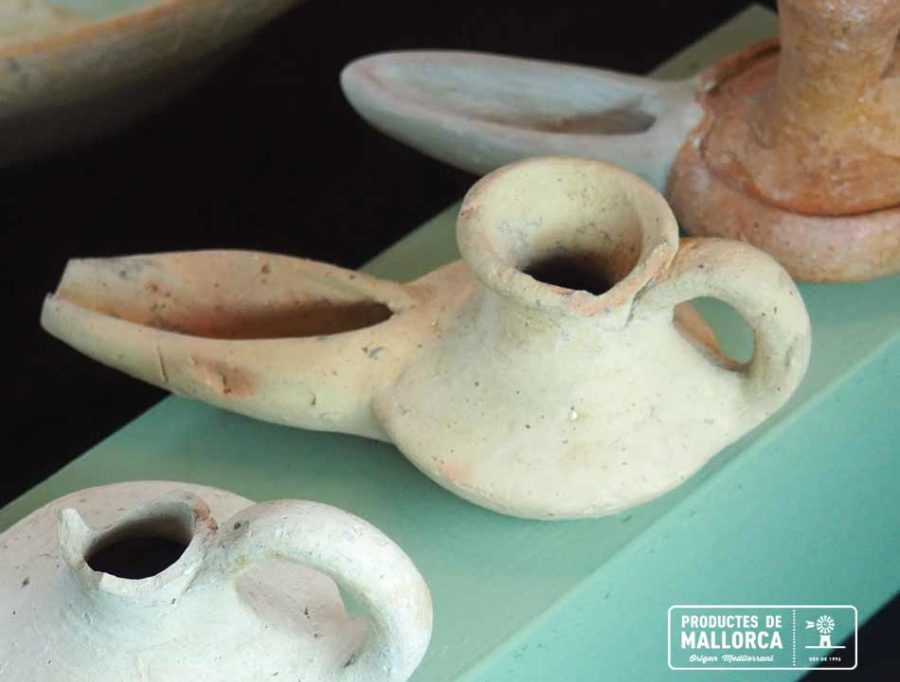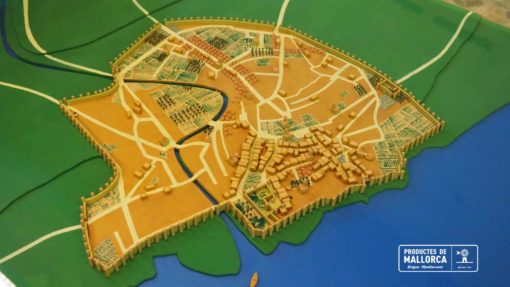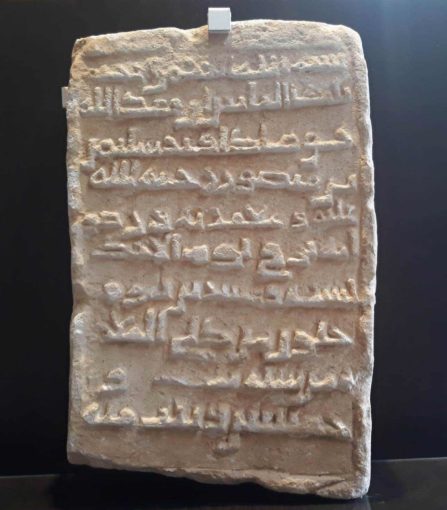
Muslim conquest of Mallorca
Do the words Sulyar, Muruh or Manaqur mean anything to you? You may find these names a bit strange but they vaguely sound like something. And you are not wrong, because they correspond to Sóller, Muro and Manacor as the Arabs called these towns during their domination of Mallorca. In this post we will talk about the Muslim conquest of Mallorca.
Backgrounds
In 632 (A.D.) the prophet Muhammad died, and by then Islam had become very strong. This was the beginning of a whole era of expansion of Islam towards the east and west. In 711 the Muslims entered the Iberian Peninsula, which they gradually conquered almost completely.
Years of some freedom
Mallorca continued to live without being directly under Muslim rule, although the influence of Islam was increasingly felt. Before being definitively conquered by the Muslims, it received some occasional attacks from both the Muslims and the Vikings. But, although heavily looted on several occasions, our island continued to organise itself more or less independently for almost 200 years.
Year 903
On a pilgrimage to Mecca, Isam al-Jawlani stopped with his ships in Mallorca, where he stayed for some time. Later, after returning from his trip, he obtained permission from the Emir of Cordoba to attack and conquer the island. It should not be forgotten that Cordoba was then the most advanced and important city in the whole of the West. Without major problems, al-Jawlani took over Mallorca, which was somehow very abandoned, since both its cities and the countryside were very unpopulated.
A time of reconstruction
This first Vali (governor), Isam al-Jawlani, ordered the construction of mosques, baths and other buildings, as well as bringing Muslims from the mainland to repopulate and organise Mallorca. This period under the Emir of Cordoba was one of stability and lasted about 100 years, with 5 different governors.
Muslim power, but with many changes
After forming part of the emirate of Cordoba, Majorca passed into the hands of the Taifa Kingdom of Denia. Later, in 1086, the governor of the island, al-Murtada, proclaimed himself an independent emir. This ephemeral period was followed by the domination of the Almoravids, and then the Almohads, all of whom were Muslims but of different factions and ethnicities within Islam. Muslim domination ended in 1229 with the attack and conquest of the island by the Christian king, Jaime I of Aragon.
The countryside and the city
The 326 years of Muslim power brought about changes in Mallorca, the management of the countryside improved a lot, as an important hydraulic network for irrigation was organized. This made it possible to grow all kinds of vegetables and fruit, including cotton, rice and vines. The latter was not for making wine, which was forbidden by Islam, but for making sultanas that they used in their cooking. The island was divided into 13 districts and the countryside was organised into estates, called alquerías, which belonged to family clans. Livestock farming was notable for the large number of sheep being raised and for the mules, which were even exported.

There was only one city, Madina Mayurqa (Palma), with people engaged in trade, and it is said that they were also involved in piracy. It is estimated that there may have been as many as 27 mosques and up to 25,000 inhabitants, making it one of the 10 most populated cities in Western Europe at the time. The Almudaina Palace was the centre of power and the city had craftsmen working in ceramics, footwear, metallurgy and silk.
Intellectual life
Mallorca had a period of great cultural splendour under the Muslims and the poets, philosophers, grammarians, historians and jurists stood out. Many renowned Mallorcan masters left the island to impart their knowledge in the great cities of the time, probably even to the eastern cities of Damascus and Baghdad.

Legacy
The brutal Christian conquest of the island in 1229 wiped out practically everything on it and today we have practically nothing left but a few archaeological remains, a few parts of the Almudaina and the Arab baths in the city of Palma. We do have many geographical names (Alaró, Binissalem, Biniali…), many surnames (Alomar, Binimelis, Bennassar…) and possibly many traces in the genetics of today’s Mallorcans.
It is really a pity not to have been able to preserve more things from this period, after the Muslim conquest of Mallorca, which was truly advanced, rich and flourishing.
Many towns in Mallorca have inherited their name precisely from this Muslim culture. A good example is Binissalem. Get to know something of this Majorcan town so well known for its quality wines. Follow the link: Binissalem is a land for wines
